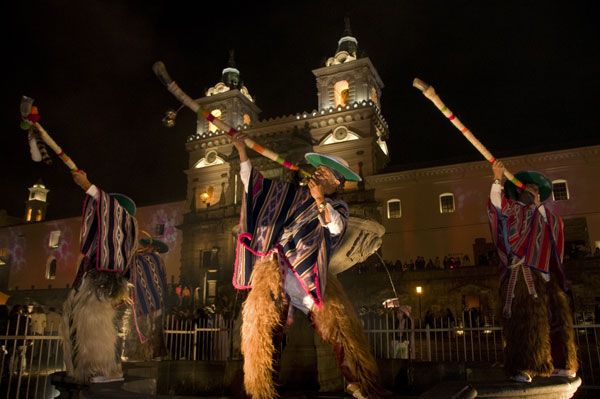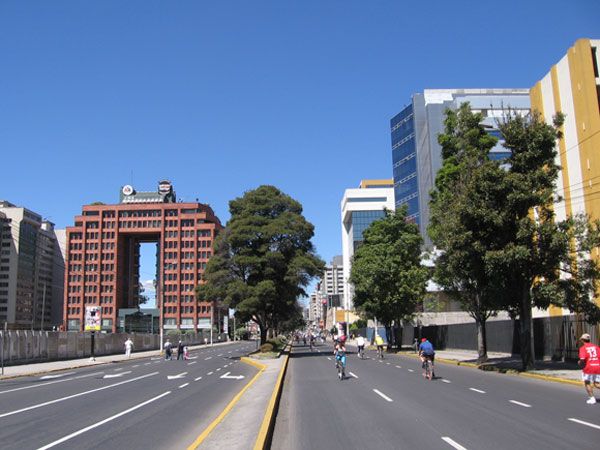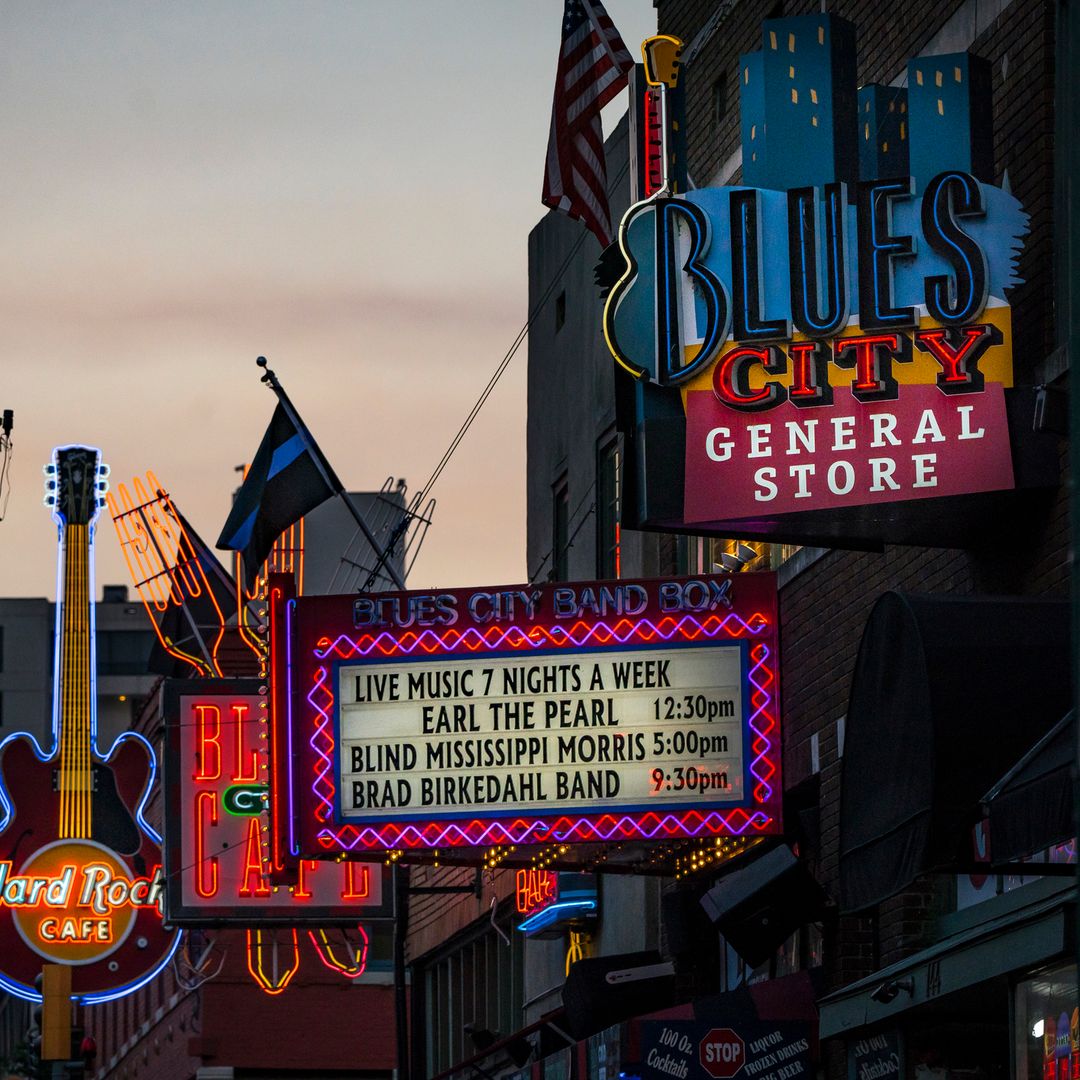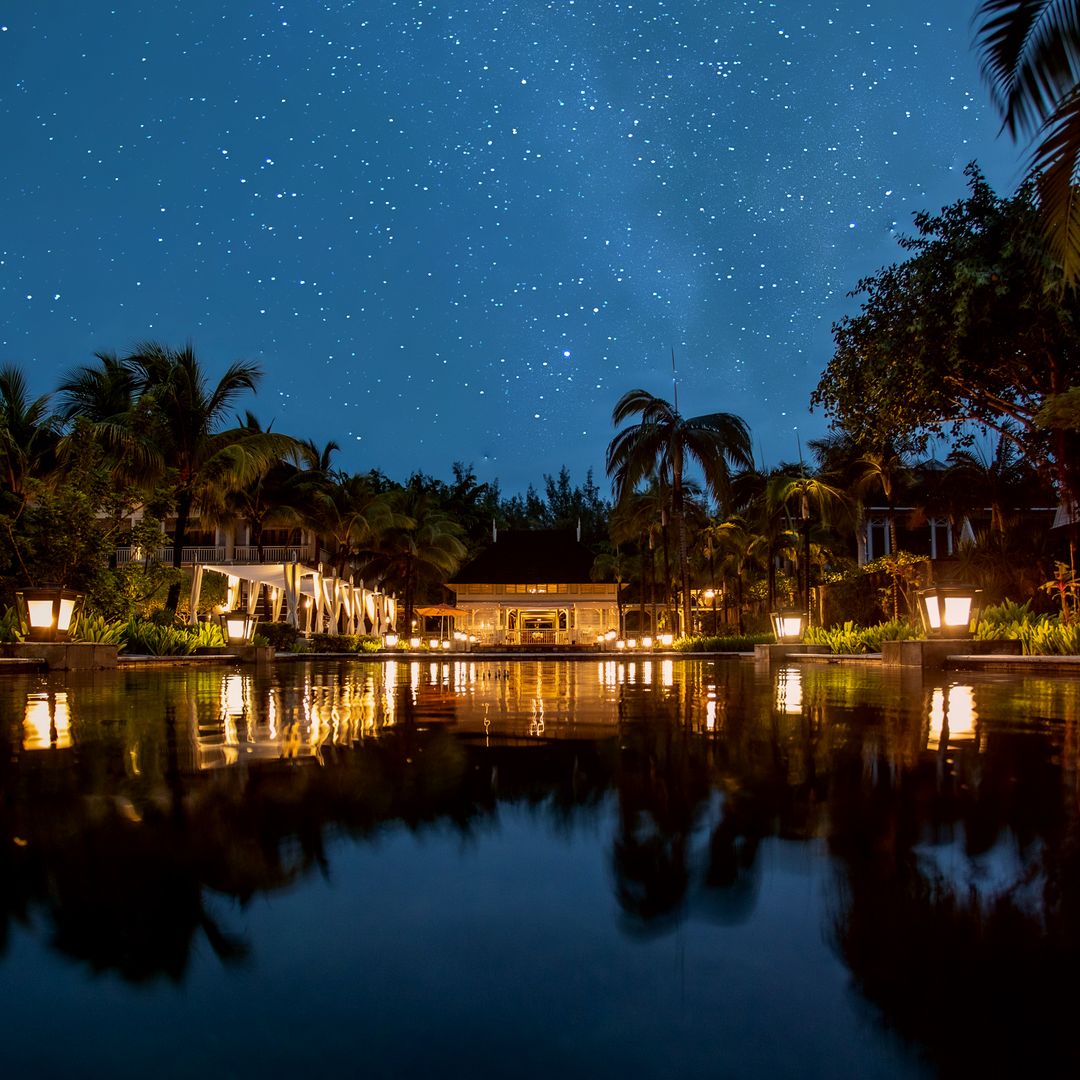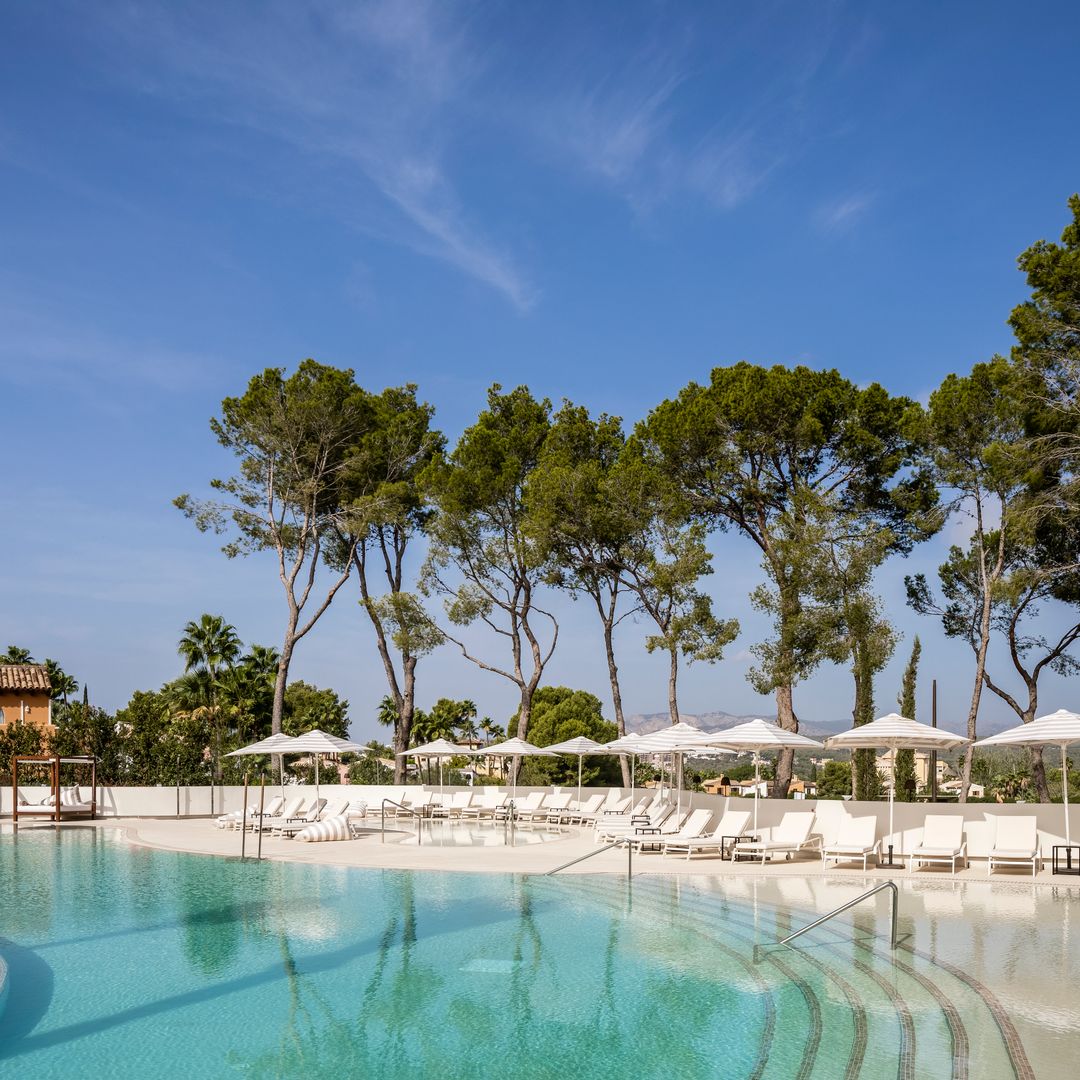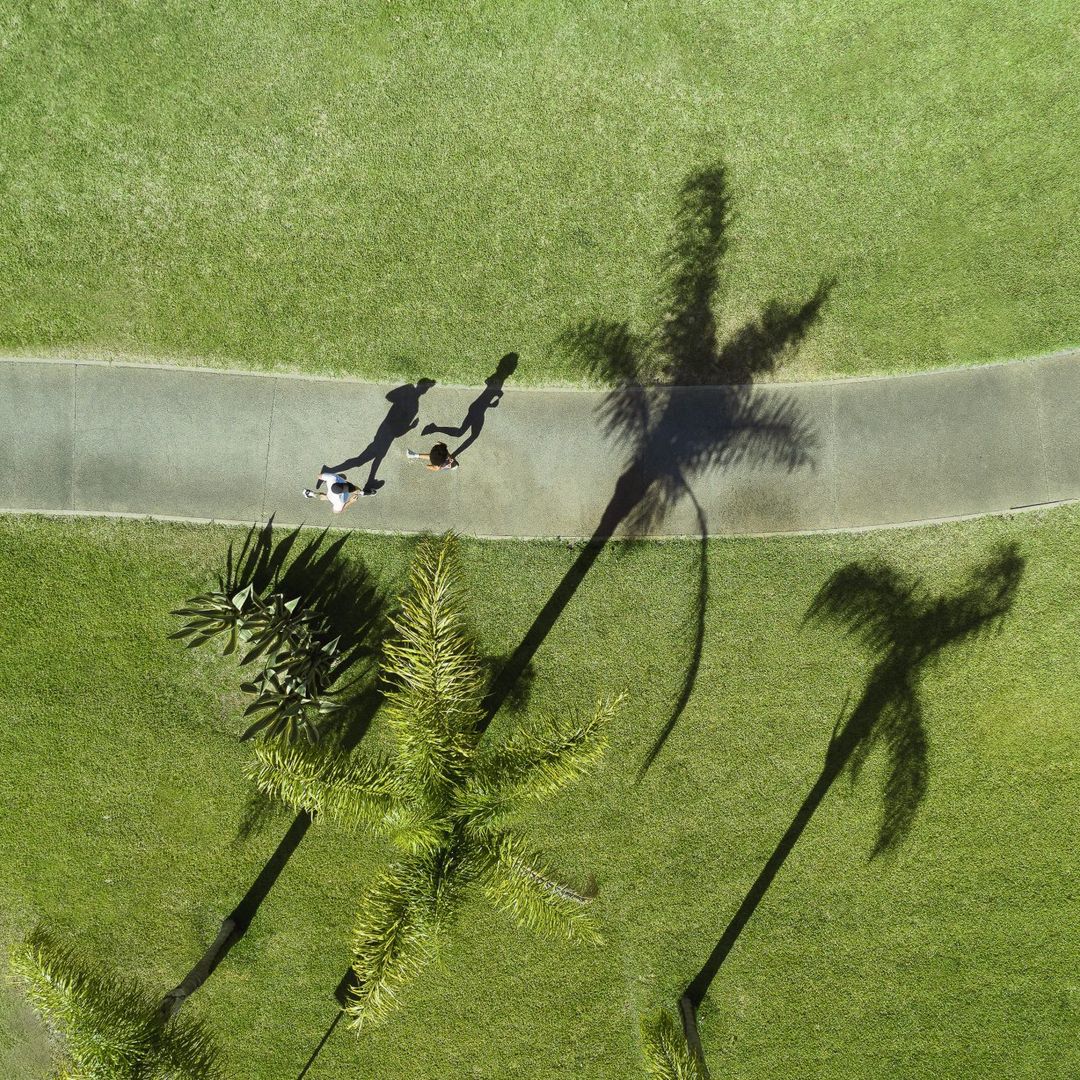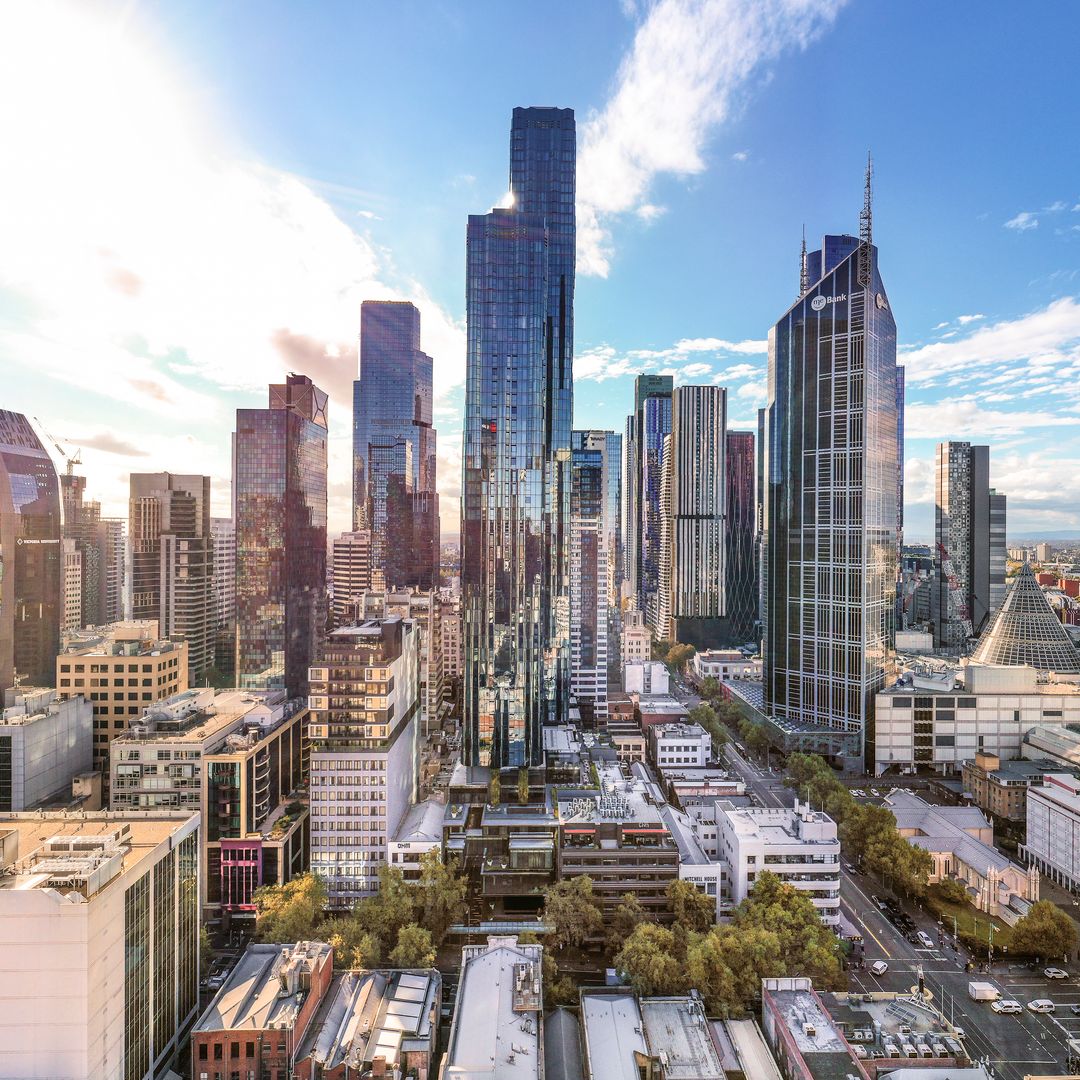Thirty-two years ago, the vibrant capital of Ecuador was named a World Heritage Site by UNESCO. This year, as American Capital of Culture, the city – which boasts the largest and best preserved historical colonial centre in South America – has a marvellous opportunity to show the world the great treasures that form part of its ancient cultural heritage and history.
Throughout the year, the Ecuadorian capital has a busy programme of events and activities lined up, including theatre and dance, exhibitions, outdoor activities, concerts of local music and gastronomic fairs. In the first quarter of the year, Quito has been introducing itself to the world as an international, diverse and cosmopolitan metropolis. Next quarter, the focus will be on the city's artistic and religious heritage. From July to September, the city will be showing its green credentials as a place of adventure with strong links with nature, and finally, in the last three months of the year, the focus will shift to the ancestral, festive, cultural and popular heritage of the capital.
The musical programme is to include some outstanding events, with the Festival of Sacred Music from April 11th to 24th, the International Guitar Biennale from May 19th to 21st, the International Festival of Singer-songwriters from June 20th to 26th, and the Choir Festival in December.
Perhaps more than anything, though, 2011 will offer the opportunity to discover the essence of Quito, home to an ancient mix of peoples and cultures that have blended and harmonised to make the city such a unique place.
Founded in 1534 by the Spaniard Sebastian de Benalcazar on the ruins left by the powerful Inca Rumiñahui – who preferred to burn the city rather than let it fall into the hands of the Spanish – the Ecuadorian capital is a rich mix of monuments and buildings of a multitude of styles. The beautifully preserved old centre of the city boasts such gems as the Compania de Jesus church, dating from 1605 and considered the most important religious building left by the Spanish. Alongside this architectural wealth, the city keeps alive many oral and cultural traditions that form part of an intangible heritage.
To all this we can add the fact that Quito is a city of eternal springtime, perched at nearly three thousand metres above sea level in a place of incredible natural beauty on the eastern slopes of the imposing Pichincha volcano. Why not discover it for yourself this year?
Further information: Quito Tourist Board

